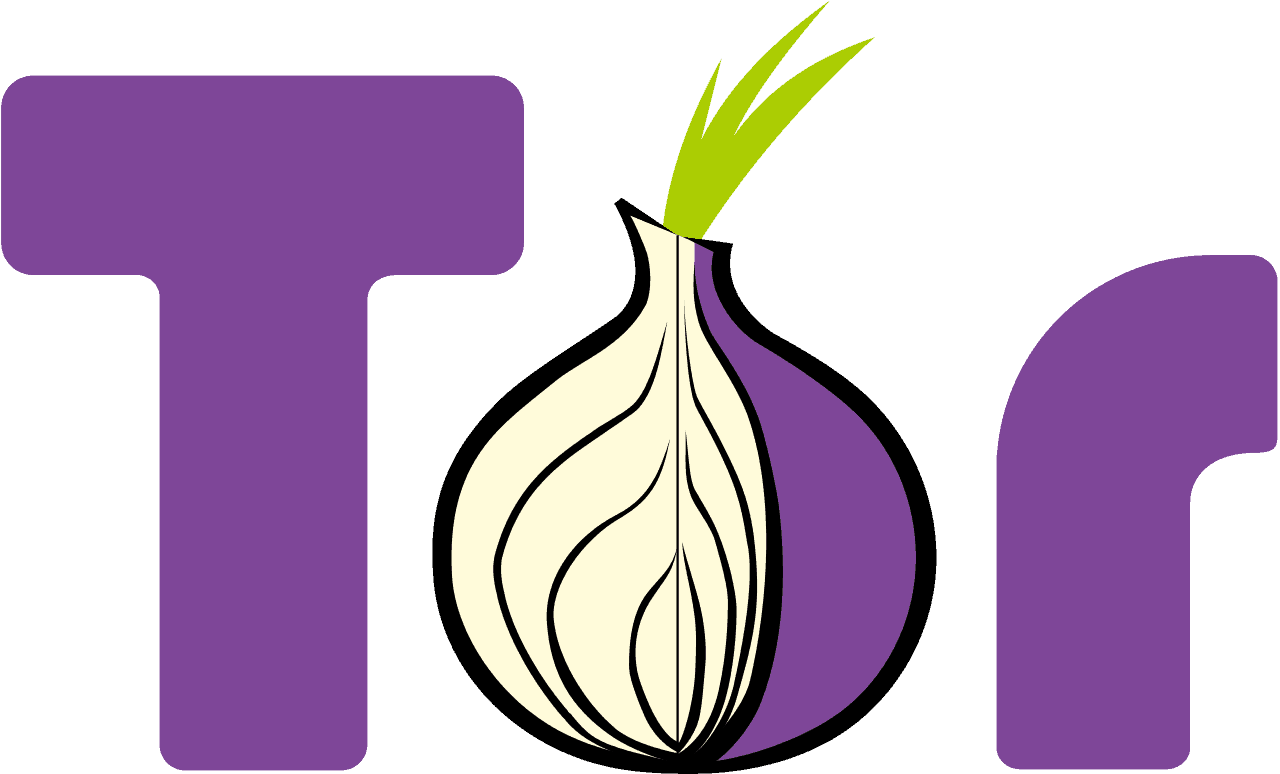Tor vs. Oak: Tor Vs Oak


Anonymity and Security
Tor vs oak – Anonymity refers to the state of being unknown or unidentifiable. In the context of online activities, anonymity means protecting one’s identity and personal information from being revealed or tracked by third parties.
Tor and Oak are two popular anonymity networks that allow users to browse the internet anonymously. Tor, which stands for The Onion Router, is a free and open-source software that encrypts and bounces internet traffic through a network of volunteer-operated relays, making it difficult to trace the user’s original IP address and location. Oak, on the other hand, is a newer anonymity network that uses a different approach to anonymization, based on the concept of “mix networks.”
Tor vs. Oak

Usability and Accessibility
Tor and Oak offer varying levels of usability and accessibility, catering to different user needs and technical proficiency.
Tor, known for its robust anonymity features, requires a higher level of technical knowledge to set up and use effectively. Users must configure their browser or operating system to connect to the Tor network, which can be a complex process for non-technical users. Additionally, Tor’s layered encryption and routing can slow down internet speeds, affecting usability for certain tasks.
In contrast, Oak aims to provide a more user-friendly experience. Its browser extension simplifies the process of accessing the dark web, requiring minimal technical knowledge. Oak also offers a streamlined interface, making it easier for users to navigate and find desired content.
Regarding accessibility, both Tor and Oak support a wide range of platforms, including Windows, macOS, and Linux. However, Tor’s complex configuration may pose accessibility challenges for users with disabilities or limited technical skills. Oak’s user-friendly design, on the other hand, makes it more accessible for a broader range of users.
In summary, Tor’s focus on anonymity and security comes with a trade-off in usability and accessibility, while Oak prioritizes ease of use and accessibility at the expense of some security features. The choice between the two depends on the user’s technical proficiency, anonymity requirements, and accessibility needs.
Tor vs. Oak: Tor Vs Oak


, Tor vs oak
Use Cases and Applications
Tor and Oak are both anonymity networks, but they have different strengths and weaknesses. Tor is more well-known and has a larger user base, while Oak is newer and has a smaller user base.
Tor is most commonly used for browsing the web anonymously. It can also be used to access websites that are blocked in certain countries. Oak is less commonly used for browsing the web, but it is more commonly used for other purposes, such as:
* Secure messaging: Oak can be used to send and receive messages anonymously. This is useful for journalists, activists, and others who need to communicate securely.
* File sharing: Oak can be used to share files anonymously. This is useful for whistleblowers, researchers, and others who need to share sensitive information securely.
* Anonymous payments: Oak can be used to make payments anonymously. This is useful for people who want to protect their financial privacy.
Benefits of Tor and Oak
Tor and Oak offer a number of benefits, including:
* Anonymity: Tor and Oak can help users to protect their anonymity online. This is important for people who want to protect their privacy, such as journalists, activists, and whistleblowers.
* Security: Tor and Oak can help users to protect their data from being intercepted or stolen. This is important for people who want to protect their financial information, medical records, and other sensitive data.
* Freedom of speech: Tor and Oak can help users to access information and express themselves freely online. This is important for people who live in countries where freedom of speech is restricted.
Limitations of Tor and Oak
Tor and Oak also have some limitations, including:
* Speed: Tor and Oak can be slower than traditional networks. This is because Tor and Oak use multiple layers of encryption to protect users’ anonymity.
* Reliability: Tor and Oak can be less reliable than traditional networks. This is because Tor and Oak are dependent on the availability of volunteer servers.
* Usability: Tor and Oak can be more difficult to use than traditional networks. This is because Tor and Oak require users to install special software.
Conclusion
Tor and Oak are both powerful tools that can be used to protect users’ anonymity online. However, Tor and Oak also have some limitations. Users should carefully consider the benefits and limitations of Tor and Oak before using them.